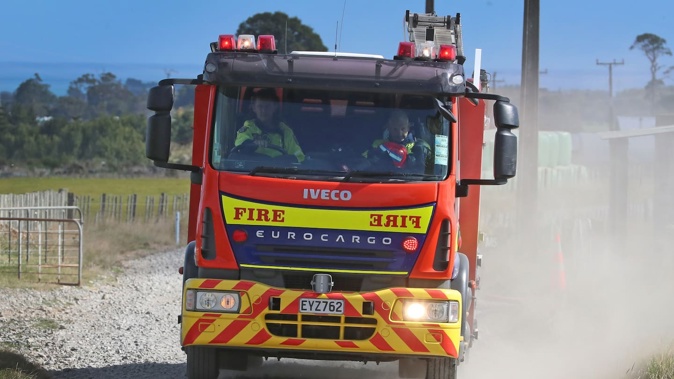
Whanganui’s urban and coastal areas have moved into a prohibited fire season as ongoing hot and dry weather escalates fire risk.
The prohibition means open-air fires are not allowed and all fire permits are suspended until further notice.
This applies to the coastal region of Manawatū-Whanganui, which includes Whanganui city and eight coastal communities from Ototoka Beach to Hokio Beach.
 Manawatū-Whanganui region's coastal communities have entered a prohibited fire season from February 21. Photo / Fire and Emergency NZ
Manawatū-Whanganui region's coastal communities have entered a prohibited fire season from February 21. Photo / Fire and Emergency NZ
The area has been in a restricted fire season since January 22, with fire risk warnings going back to early December.
The restrictions have been brought on by an abnormally dry summer.
“Everything’s so dry and, especially with the winds we’re getting, the fire would take off really fast, and then be hard to control,” Fire and Emergency NZ community risk manager Keery O’Keefe said.
“So, the best way to mitigate against that is to not have a fire to start with.”
According to Niwa’s most recent drought index, large parts of the fire-restricted areas have “extremely dry” and “very dry” conditions.
In these areas, Niwa recorded between 5mm and 15mm of rain in the past 15 days, compared to a usual average of 50mm.
A few showers or a burst of heavy rain will not improve the fire risk as too little rain will dry up and too much rain will run off and not absorb.
“We need consistent, light rain for a period of days,” O’Keefe said.
Fire and Emergency’s Manawatū-Whanganui district manager Nigel Dravitzki said in the current conditions, fires from controlled burns often escape “and these can move fast and are hard to put out when it’s so dry”.
Heat and spark-generating activities are also a fire risk and should be done with care. They include use of machinery, power tools and parking vehicles on dry grass.
“We want to keep people, property and the environment safe while the fire risk is high,” Dravitzki said.
O’Keefe said anyone considering operating machinery or lighting any kind of fire to go to checkitsalright.nz
Olivia Reid is a multimedia journalist based in Whanganui.
Take your Radio, Podcasts and Music with you









